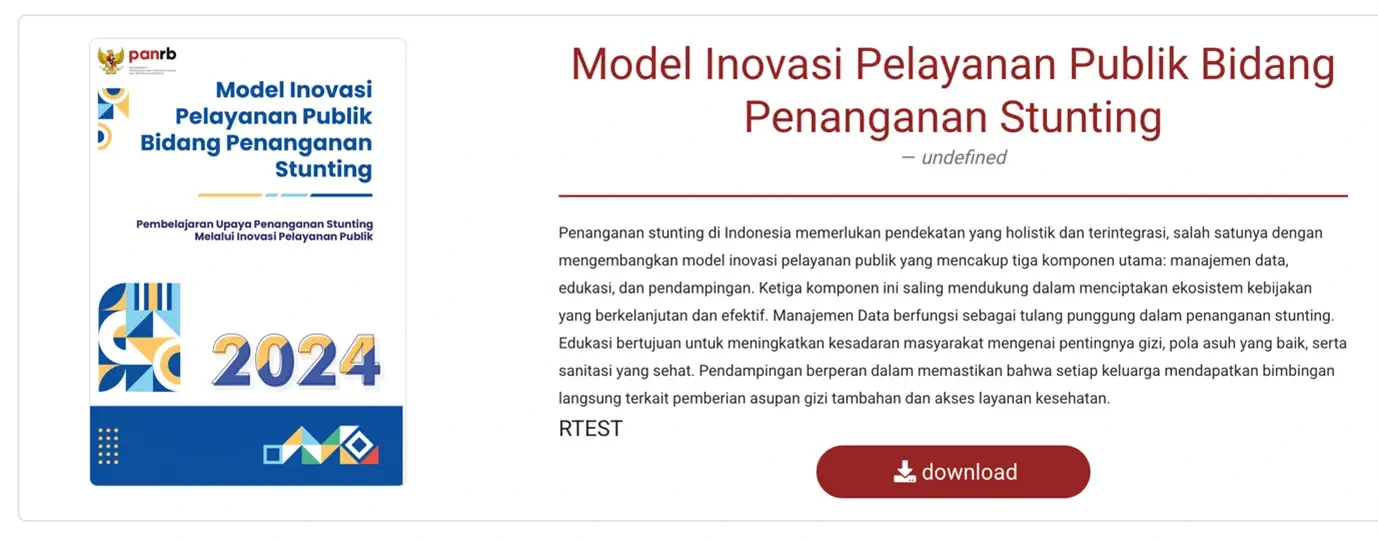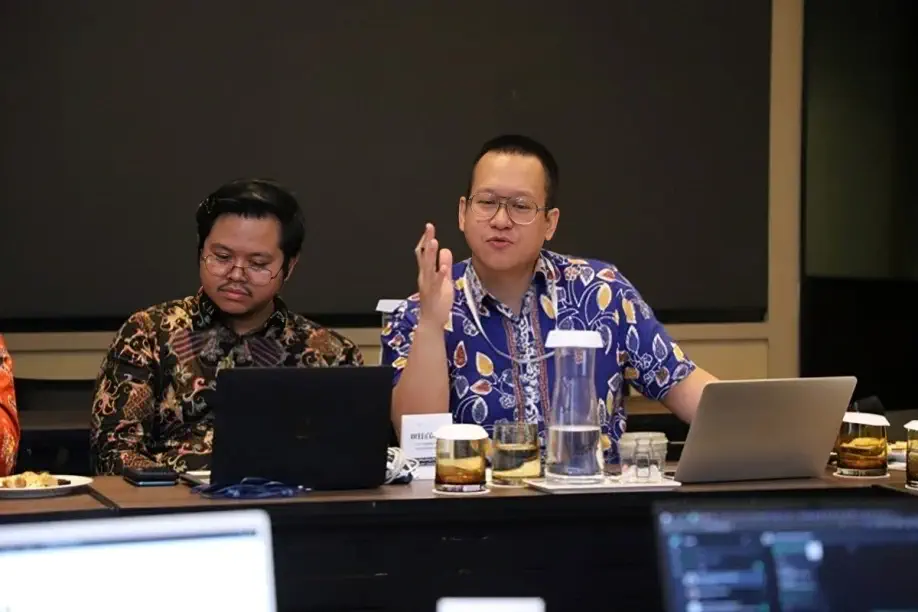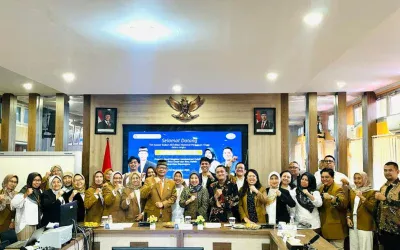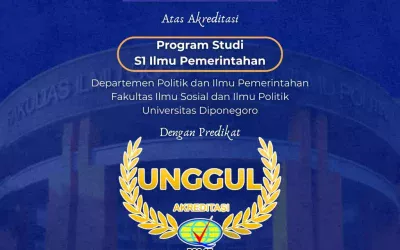Semarang (25/2) – The Ministry of Empowerment of State Apparatus and Bureaucratic Reform (KemenPAN-RB) and academics from Diponegoro University (Undip) have collaborated in compiling a book on innovation models for handling stunting. Led by Amni Zarkasyi Rahman, S.A.P., M.Sc., a public governance expert from Undip, this collaboration aims to create a comprehensive and applicable approach to address the problem of stunting in Indonesia.
Stunting is still a major challenge for public health in Indonesia. In 2021, the prevalence of stunting in Indonesia reached 24.4%, far above the WHO standard which sets a maximum limit of 20%. This condition not only impacts children’s physical growth, but also affects cognitive development and productivity in the future. Therefore, innovation in handling stunting is a national urgency.
Three Innovation Models to Reduce Stunting Rates
These three models are designed to be implemented by local governments and various stakeholders to effectively address the problem of stunting.
01. Data Management Innovation Model
The first proposed model is innovation in data management. The team emphasized the importance of developing a digital-based real-time data system to monitor stunting conditions in the regions. This system will enable more accurate and faster monitoring. In addition, data updates will be strengthened through trained field personnel. Integration of geographic and administrative data is also a focus, in order to map areas prone to stunting and facilitate appropriate interventions.
02. Education Innovation Model
The second model is innovation in education. Educating the public about the importance of early stunting prevention is the main key. Accurate data will be used to design more targeted policy interventions. In addition, public awareness will be increased through various educational media and platforms, such as social campaigns, seminars, and easily accessible educational materials.
03. Mentoring Innovation Model
The third model is mentoring innovation. This program will provide direct assistance to families at risk of stunting. The life cycle approach will be applied, starting from adolescence, pregnancy, to toddlerhood. Health workers, PKK cadres, and the private sector will be actively involved to strengthen this mentoring program, so that the support provided can be more comprehensive and sustainable.

Overall, the success of the three models depends on the integration of accurate data, effective education, and intensive mentoring. These three models, if implemented properly, can create a sustainable policy ecosystem, so that stunting management can be carried out in a more targeted manner and have a long-term impact.
Synergy between Government and Academics for the Future of the Nation’s Children
The preparation of this model book is a strategic step in presenting evidence-based solutions and innovations to overcome stunting in Indonesia. With synergy between academics and the government, it is hoped that the resulting model can be implemented effectively in various regions.
“Handling stunting must be carried out systematically and in an integrated manner. Through data-based innovation, education, and mentoring, we can create more effective and sustainable policies,” said Amni Zarkasyi Rahman in one of the discussion sessions of the drafting team.
With these concrete steps, it is hoped that the stunting rate in Indonesia can be reduced significantly, providing a healthier and more productive future for future generations.





0 Comments